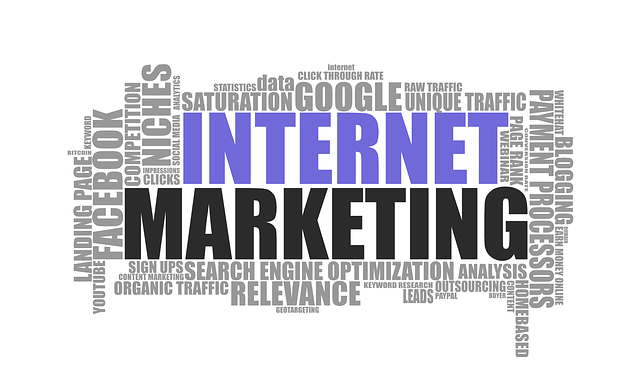AI Business Voice Recognition Systems utilize advanced technologies like deep learning and natural language processing (NLP) to interpret user commands accurately, enhancing customer experiences and driving revenue growth. AI Menu Engineering, a strategic approach leveraging machine learning, optimizes menu designs and pricing strategies based on customer preferences and behavior, ensuring data-backed decisions that increase sales. Implementing best practices involves collecting diverse data, collaborating with culinary teams, and regularly updating AI models to adapt to changing demands. This comprehensive approach fosters stronger customer loyalty, encourages long-term engagement, and drives sustained business success through AI menu engineering for revenue growth.
“Discover the transformative power of AI business voice recognition systems, a cutting-edge technology revolutionizing customer interactions. This article explores the core components and functionality of these innovative solutions, providing insights into how they can boost revenue through AI menu engineering strategies. Learn about optimizing voice recognition to enhance customer experiences and drive business growth in today’s competitive market.”
- Understanding AI Business Voice Recognition Systems: The Core Components and Their Functionality
- How AI Menu Engineering Can Boost Revenue: Strategies and Best Practices
- Implementing and Optimizing AI Voice Recognition for Enhanced Customer Experience and Business Growth
Understanding AI Business Voice Recognition Systems: The Core Components and Their Functionality

AI Business Voice Recognition Systems are powerful tools designed to revolutionize interactions between businesses and their customers, ultimately driving revenue growth through enhanced user experiences. At the heart of these systems lie several core components that work in harmony to interpret and respond to vocal commands. The first is voice acquisition, where microphones capture audio signals from users’ voices. These raw data are then fed into advanced speech-to-text algorithms, employing deep learning models to convert spoken words into text accurately.
The processed text is subsequently analyzed by natural language processing (NLP) modules, enabling the system to understand user intent and context. This enables AI menu engineering, where dynamic menus can be tailored in real-time based on customer interactions. By integrating these components seamlessly, businesses can create intuitive voice interfaces that streamline operations, improve customer satisfaction, and offer personalized experiences, ultimately maximizing revenue potential.
How AI Menu Engineering Can Boost Revenue: Strategies and Best Practices

AI Menu Engineering is a powerful tool that can significantly boost revenue for businesses, especially in the hospitality and service industries. By leveraging machine learning algorithms to analyze customer preferences and behavior, AI systems can optimize menu designs and pricing strategies. This involves understanding what drives sales and making data-backed decisions to enhance the overall dining experience. For instance, AI can identify popular dishes, suggest new items based on regional trends, or even recommend personalized menus based on individual customers’ tastes.
Implementing best practices in AI Menu Engineering starts with collecting diverse and high-quality data. This includes customer feedback, order history, and market research. Ensure that the data is representative of your target audience to avoid biased outcomes. Next, collaborate closely with your culinary team to ensure menu items are not only delicious but also align with AI-generated insights. Regularly update and retrain your AI models to adapt to changing trends and customer demands, ensuring a dynamic and efficient menu engineering process.
Implementing and Optimizing AI Voice Recognition for Enhanced Customer Experience and Business Growth

Implementing AI voice recognition systems can significantly transform customer interactions and drive business growth through enhanced experiences. By optimizing voice commands, businesses can create intuitive and efficient user interfaces, allowing customers to navigate menus, access information, and complete tasks with ease. This not only improves customer satisfaction but also increases the likelihood of repeat purchases and positive reviews.
AI menu engineering plays a crucial role in revenue growth by tailoring interactions to individual preferences. Through machine learning algorithms, voice recognition systems can adapt to user behavior, offering personalized recommendations and targeted promotions. Such tailored experiences foster stronger customer loyalty, encouraging long-term engagement and contributing to sustained business success.
AI business voice recognition systems, with their core components of speech-to-text, natural language processing, and machine learning, are transforming customer interactions. As discussed in this article, implementing and optimizing these technologies can significantly enhance customer experience, drive business growth, and even boost revenue through effective AI menu engineering strategies. By leveraging these advanced tools, businesses can streamline operations, improve efficiency, and create more engaging experiences for their customers. Embracing the potential of AI voice recognition is no longer an option but a necessity in today’s competitive market.
